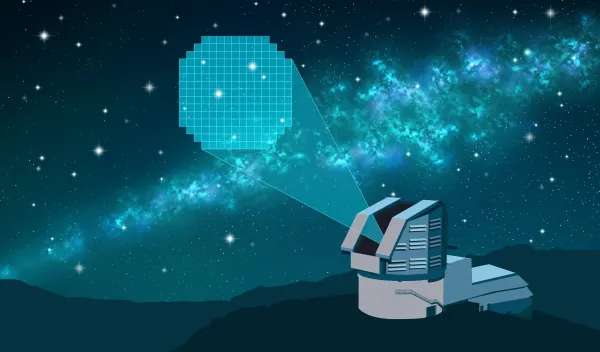
NSF–DOE Vera C. Rubin observatory will detect millions of exploding stars
NSF–DOE Vera C. Rubin Observatory, jointly funded by the U.S. National Science Foundation and the U.S. Department of Energy's Office of Science, will soon begin scanning the Southern Hemisphere sky every night for 10 years. Among the trillions of cosmic events and objects it will capture will be millions of exploding stars called Type Ia supernovas.
These supernovas are produced by exploding white dwarf stars and are some of the brightest cosmic spectacles. They are particularly useful to researchers because they provide a sort of reliable cosmic yardstick that can be used to accurately measure vast distances in the universe. With enough observations of Type Ia supernovas, scientists can measure the universe’s expansion rate and whether it changes over time.
Every time NSF-DOE Rubin Observatory detects a change in brightness or position of an object, it will send an alert to the science community. With such rapid detection, Rubin will be the most powerful tool yet for spotting Type Ia supernovas before they fade away.
Observations of Type Ia supernovas were used to discover the mysterious phenomenon known as dark energy, thought to be causing the universe to expand faster than expected. In just its first few months of operation, Rubin Observatory will discover many more Type Ia supernovas than were used in the initial discovery of dark energy in the 1990s. The observatory will reveal a much larger set of the supernovas across the universe, allowing scientists to refine our existing map of space and time and create a fuller picture of dark energy’s influence.
Current measurements suggest that dark energy might change over time. Understanding the nature of dark energy will in turn refine understanding of the universe's age and evolution, including when stars and galaxies first formed.
